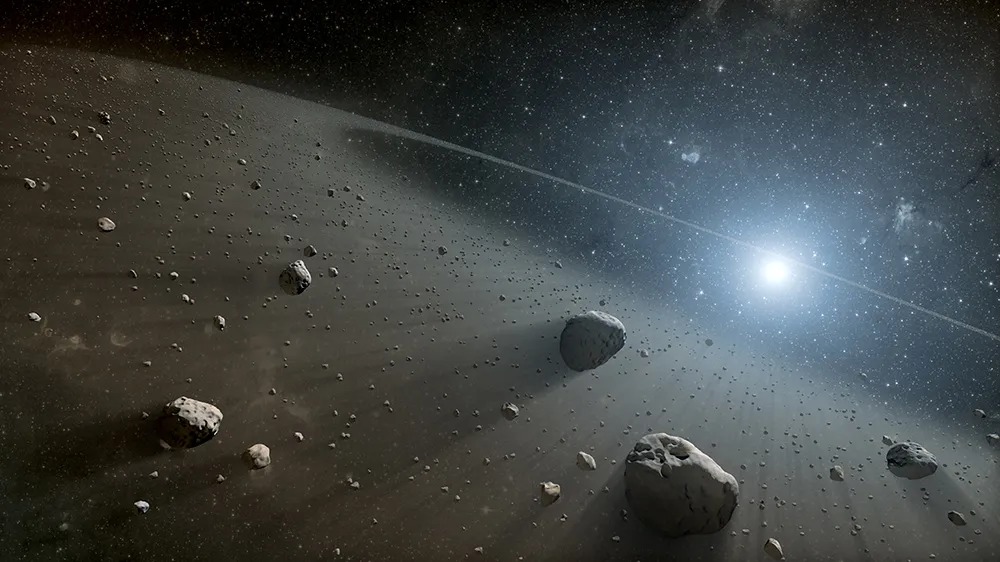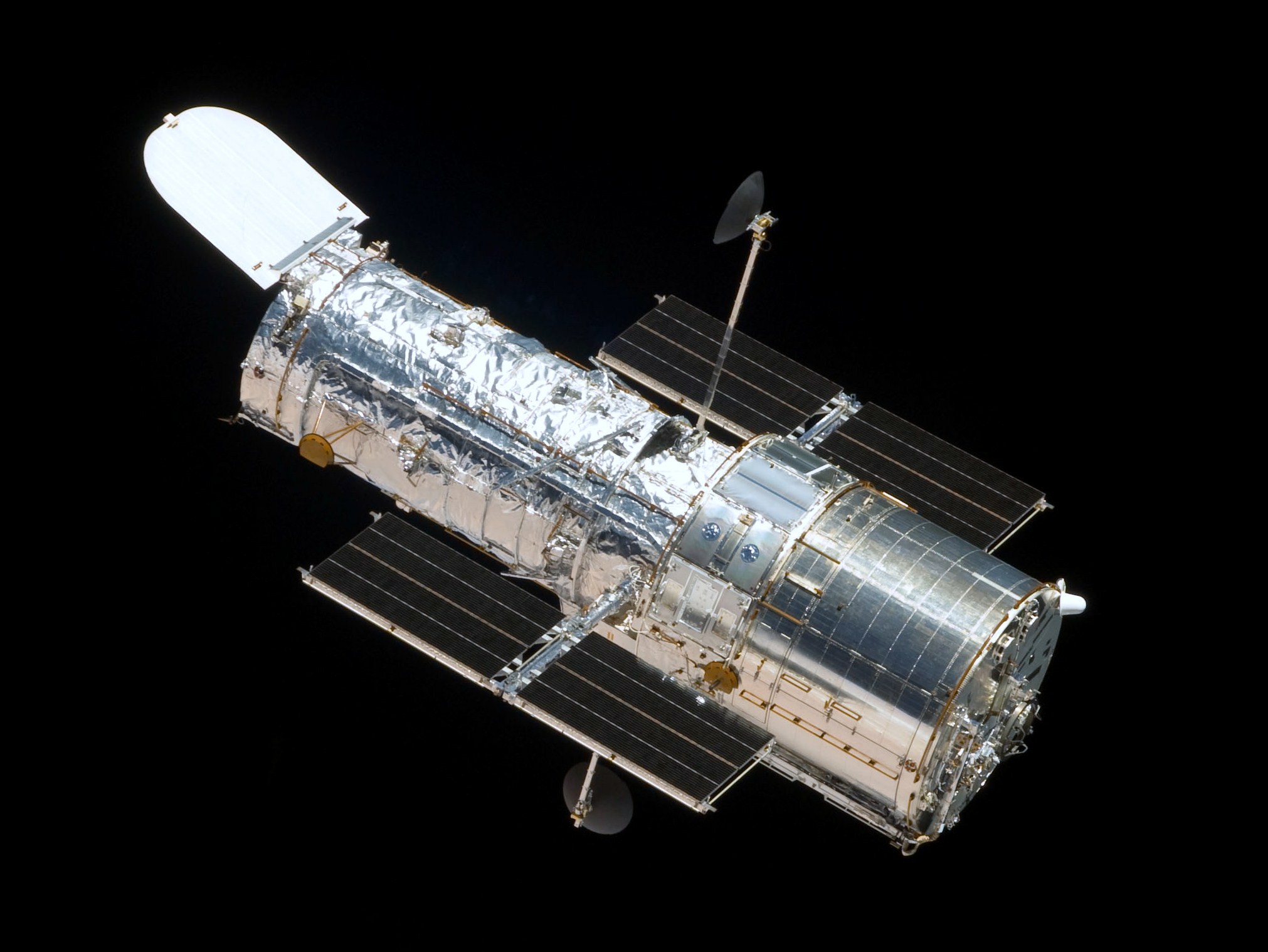NASA’s Hubble Space Telescope is known for its spectacular photographs of stars, nebulae and galaxies, which it is able to notice in the optical range. But it is also used to study nearby objects in our own Solar System. Recently, scientists have discovered a way to use data from Hubble to detect new asteroids, most of which are located in the main belt between Mars and Jupiter.

Thanks to the respected space observatory, an incredible number of new asteroids have been discovered — 1031. Many of them are very small and barely noticeable, because they are less than a kilometer in size. To identify these objects, scientists analyzed 37 thousand images taken over the past 19 years, identifying the characteristic traces of asteroids in the images.
To process such a large amount of data, professional astronomers enlisted the help of public scientists who helped analyze image archives as part of the Hubble Asteroid Hunter project. And to more accurately separate the asteroids in the images from other objects, scientists used machine learning.

According to Pablo Garcia Martin of the Autonomous University of Madrid, Spain, this study allowed them to gain a more detailed understanding of the smaller population of asteroids in the main belt. Astronomers have discovered a large number of objects, which helps to better understand the evolution of the Solar System.
By observing the bands in the images that remain asteroids during the flyby, astronomers can calculate the orbits of asteroids and their distance, as well as determine their size.
Bruno Merin of the European Center for Space Astronomy in Madrid, Spain, notes that the location of asteroids changes over time, so it is necessary to use more sophisticated methods to detect them, such as collaborating with 10,000 volunteers and public scientists to view the Hubble archives.
The results were published in the journal Astronomy and Astrophysics.
Earlier we told you 12 interesting facts about asteroids.
According to esahubble.org
Follow us on Twitter to get the most interesting space news in time
https://twitter.com/ust_magazine


